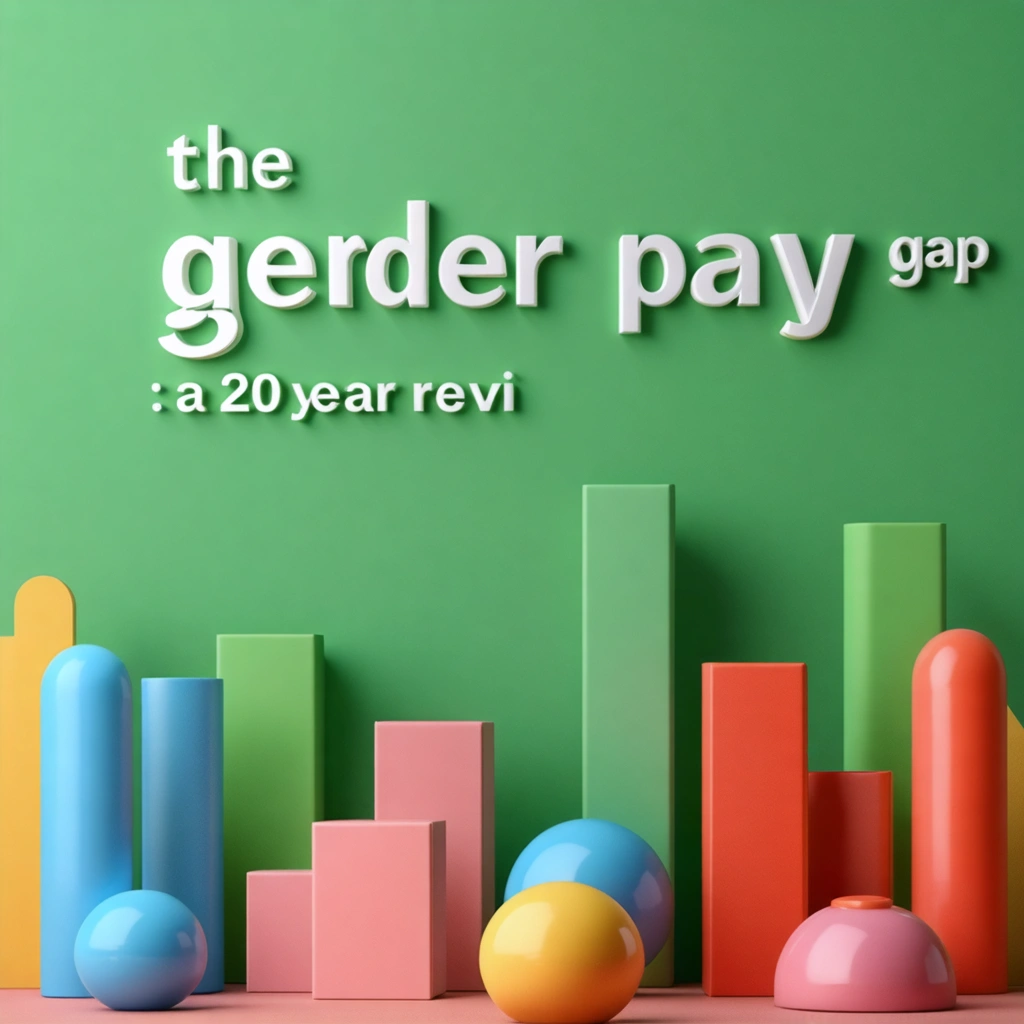
The Gender Pay Gap: A 20-Year Review
In recent years, the gender pay gap has commanded a great deal of attention. This discrepancy in earnings between men and women has persisted despite substantial advancements in women’s education and workforce participation. Using a twenty-year time frame, we can assess the evolution of the gender pay gap, examining why it has narrowed and whether this trend is likely to continue.
A Brief Overview
The gender pay gap is the median difference in earnings between men and women. In 2000, women earned approximately 76 cents for every dollar earned by men. Fast forward two decades, and women now earn around 82 cents for every dollar earned by men, representing a narrowing of the pay gap by just 6 percentage points.
Contributing Factors to the Narrowing Gap
There are several key factors that have contributed to the narrowing of the gender pay gap over the years:
- Increased educational attainment for women: Women today are more likely than men to hold a bachelor’s degree or higher, which typically translates to higher earning potential.
- Changes in occupational segregation: More women are entering traditionally male-dominated fields, leading to higher average earnings for women.
- Shift towards a service-based economy: As manufacturing jobs have declined, service-based jobs have risen, many of which are traditionally held by women.
The Persistent Gap
Despite these improvements, the gender pay gap remains substantial and persistent. Several factors contribute to this continued discrepancy:
- Discrimination: While overt discrimination has lessened, subtle forms of bias still affect women’s career progression and earnings.
- Work-life balance: Women are often penalized for balancing work and family responsibilities, leading to lower earnings over time.
- Occupational segregation: Despite progress, many high-paying fields remain male-dominated, while lower-paying fields are predominantly female.
Future Outlook
The modest narrowing of the gender pay gap over a twenty-year period underscores that progress has been slow and uneven. Achieving pay equity will require concerted effort on the part of employers, policymakers, and society as a whole. This includes implementing policies that promote greater work-life balance, combatting workplace discrimination, and encouraging women’s participation in high-paying fields.


